Optimal Timing for Foundation Repairs
Foundation repairs are most effective when performed during specific times of the year, typically when weather conditions are stable. Dry seasons with minimal rainfall reduce the risk of additional soil movement, which can interfere with repair processes. Spring and fall often provide optimal conditions for foundation work due to moderate temperatures and lower humidity levels.
Spring offers moderate weather, making it suitable for foundation repairs before the heat of summer or the cold of winter.
Fall provides cooler temperatures and less rain, which can facilitate effective repair work and curing times.
Extreme cold or heat can hinder repair processes and affect the longevity of repairs. It's best to schedule during milder conditions.
Dry, stable soil conditions are crucial for successful foundation repairs, reducing the risk of future shifting.

Springtime repairs benefit from moderate weather and soil conditions.

Fall provides cooler temperatures ideal for foundation stabilization.
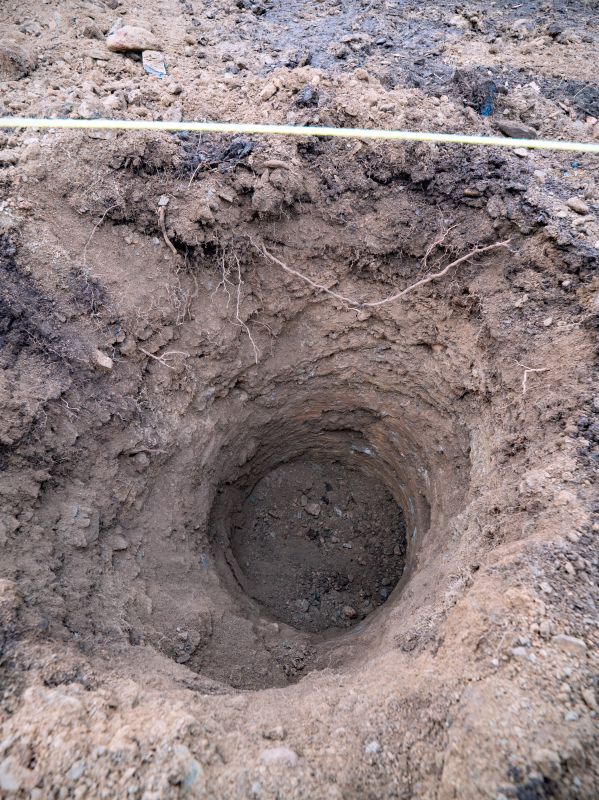
Dry soil conditions improve repair success rates.

Choosing the right season enhances longevity and effectiveness of repairs.

Ways to make Foundation Repairs work in tight or awkward layouts.
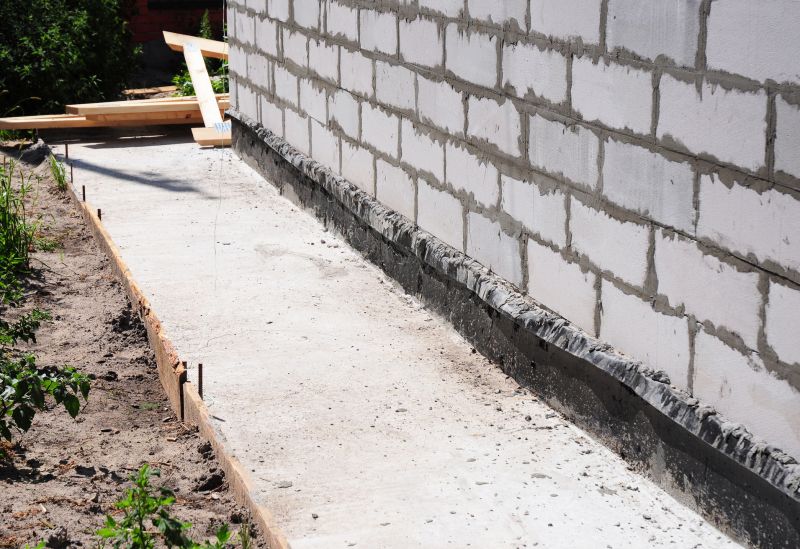
Popular materials for Foundation Repairs and why they hold up over time.
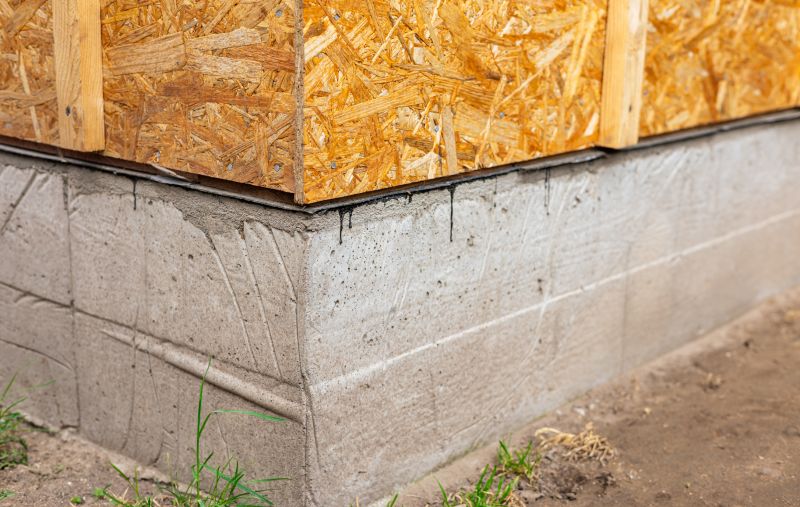
Simple add-ons that improve Foundation Repairs without blowing the budget.
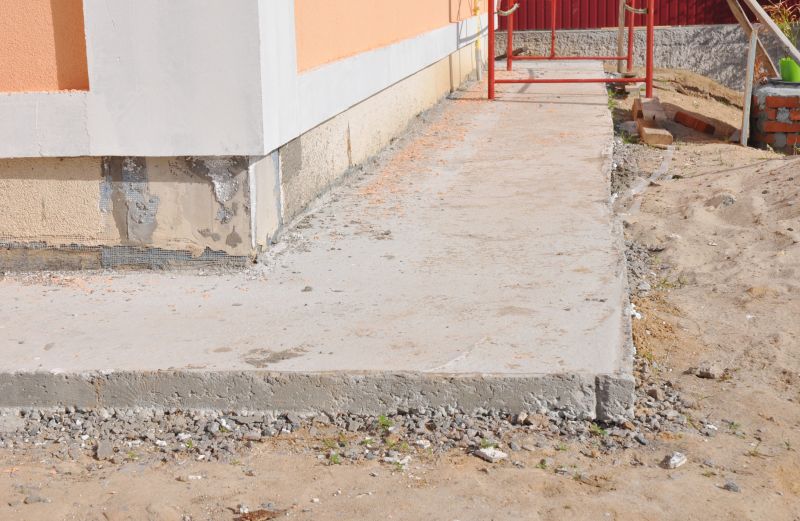
High-end options that actually feel worth it for Foundation Repairs.
| Season | Advantages |
|---|---|
| Spring | Moderate weather, soil stability, good for scheduling |
| Summer | Potentially hot, risk of soil shifting due to drought |
| Fall | Cooler temperatures, low rain, ideal for repairs |
| Winter | Cold and wet conditions may delay work |
Foundation repairs are essential for maintaining structural integrity and preventing further damage. They involve various techniques such as underpinning, piering, and soil stabilization. Proper timing ensures that repairs are durable and effective, minimizing the need for future interventions. Weather conditions, soil moisture levels, and seasonal temperatures play a significant role in the success of foundation work.

Proper timing enhances the effectiveness of foundation stabilization techniques.
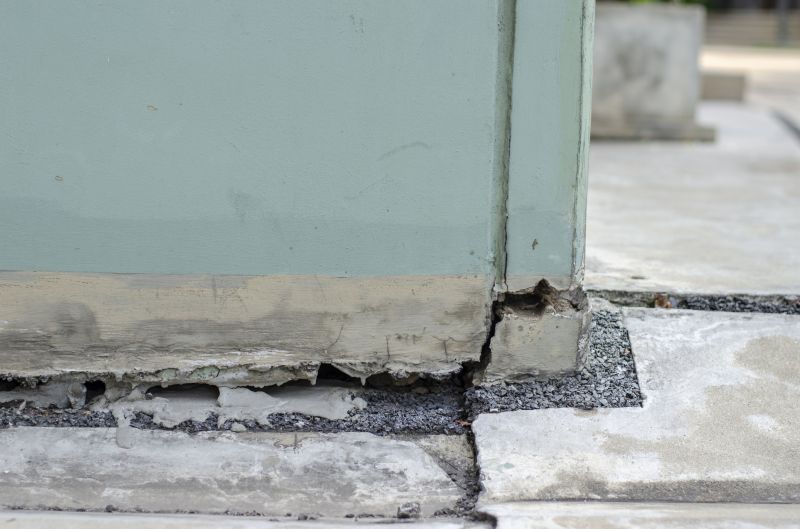
Timing repairs during dry periods ensures better soil conditions.
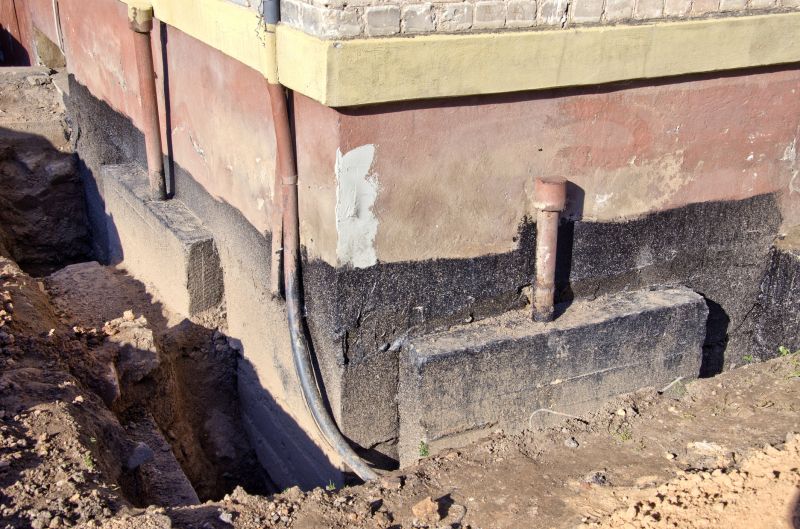
Optimal weather allows for thorough site preparation and curing.
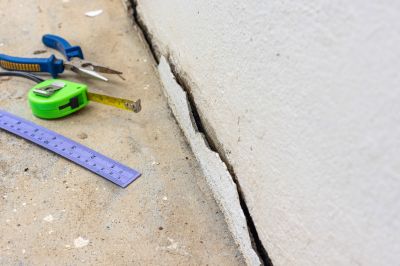
Scheduling during favorable weather ensures accurate assessment and repair.

Finishes and colors that play nicely with Foundation Repairs.

Little measurements that prevent headaches on Foundation Repairs day.
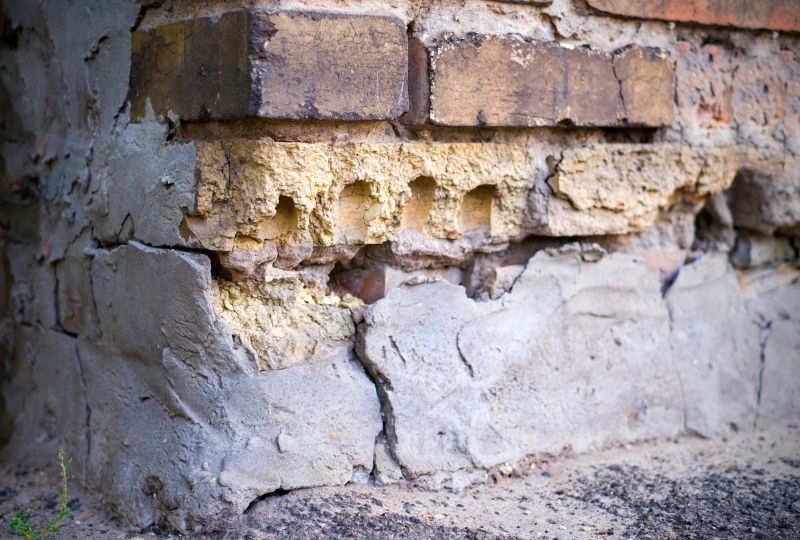
A 60-second routine that keeps Foundation Repairs looking new.
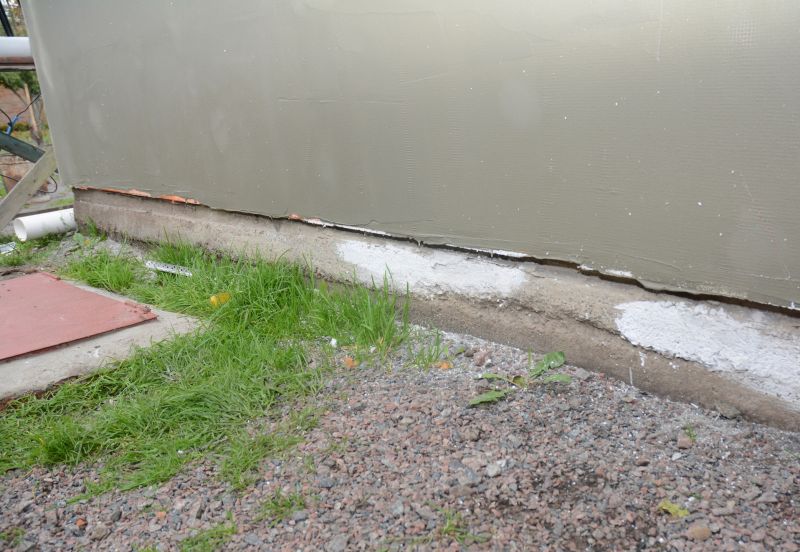
A frequent mistake in Foundation Repairs and how to dodge it.
Timely foundation repairs can prevent costly structural issues and extend the lifespan of a property. Regular inspections and understanding seasonal impacts help determine the best window for repairs. Consulting with foundation specialists can provide guidance tailored to specific soil and weather conditions in Stone Mountain, GA.


